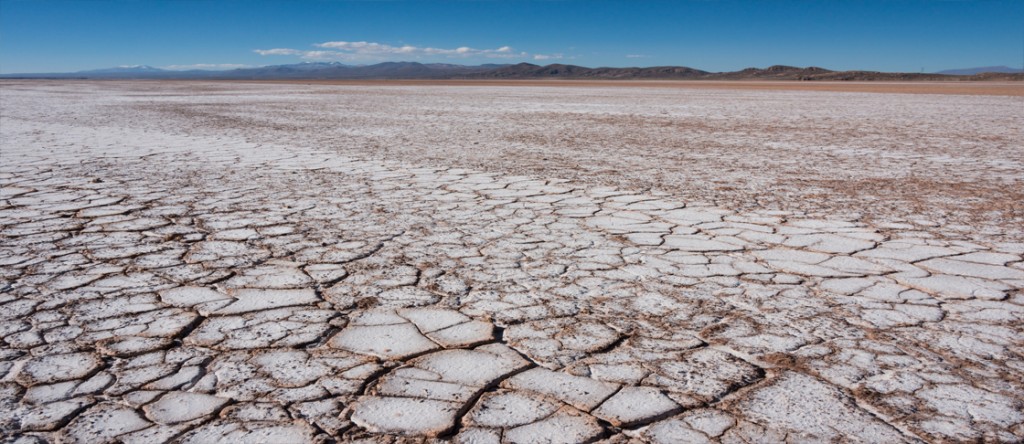The latest development on the state of the UK’s water supplies is that, following a summit held by DEFRA on 20th February 2012, the South East of England is officially in a state of drought. This follows one of the driest winters on record. It is a worrying trend: parts of East Anglia have been suffering from drought since June 2011 and on 22nd December a drought order was granted to South East Water covering extraction of water from the river Ouse. For more information see:
“Drought is already an issue this year with the South East, Anglia and other parts of the UK now officially in drought, and more areas are likely to be affected as we continue to experience a prolonged period of very low rainfall, said Environment Secretary Caroline Spelman following the DEFRA meeting.
Areas either already in drought or experiencing extended periods of dry weather include:
- Lincolnshire
- Cambridgeshire
- Bedfordshire
- Nottinghamshire
- Shropshire
- Oxfordshire
- Berkshire
- Buckinghamshire
- East Sussex
- Kent
Whilst hose pipe bans and other restriction do not normally apply to commercial or industrial use of water, this must never-the-less call into question the use of adiabatic cooling for data centres and other applications.
For those not familiar with the concept, adiabatic cooling utilises the fact that blowing air across a wetted medium causes the water to evaporate. The energy required to achieve this evaporation comes from the air, which reduces its temperature. This can be used to extend the range of temperatures at which free-cooling is available.
All adiabatic systems have to flush through periodically, usually at least once every twenty four hours, and it is this flushing that causes the biggest water usage. It’s not so much the water that evaporates that is the problem it is the water that is, literally, going down the drain.
Richard Lumb, Technical Director at data centre design and build specialist Future-tech, comments: “Anecdotal evidence suggests that the amount of water used by evaporative cooling systems is in fact much higher than predicted and we would be interested to hear of any hard evidence on this subject. In the meantime we at Future-tech will always consider all options for achieving energy efficient data centre cooling and will weigh up all the pro’s and con’s, including the water usage, of any proposed system. Certainly adiabatic cooling can give some benefit under certain conditions, but in many cases the additional energy saved is only marginal, and we have to ask ourselves this question: is it ethically acceptable to use drinking quality water, because that’s exactly what it is, to cool data centres then run it down the drain?
Something else that needs to be borne in mind is that the main reason data centres were allowed to become so inefficient in their use of energy is quite simply that energy was cheap. In the 1960’s and 70’s it would have been unthinkable to build a data centre that did not have free cooling, but as property prices rose the space required by the necessary air handling plant could not be justified. This, in addition to the usual budget constraints, meant the CRAC units became the norm and the era of data centres with air conditioning running when the outside temperature was freezing was upon us.
Rising energy costs have changed all that and although water is cheap now, who is to say that it won’t go the same way as energy very soon?

